Janmashtami 26 Aug 2024: Significance & Auspicious Time
Janmashtami commemorates the birth of Lord Krishna. Read this article to learn about the scientific benefits of this festival, how it is celebrated in different places, what is the auspicious time & method to observe it, & what are the interesting stories around it.
Janmashtami commemorates the birth of Lord Krishna. Read this article to learn about the scientific benefits of this festival, how it is celebrated in different places, what is the auspicious time & method to observe it, & what are the interesting stories around it.
Vedic Astrology prescribes predictions based on Moon Sign for more accuracy. Do not know your Moon Sign? Find out instantly for FREE by filling the form below!
Janmashtami is a festival celebrated to commemorate the birth of Lord Krishna, the birth of the eighth son of Lord Vasudev and Devaki. Lord Krishna was born at midnight of Rohini Nakshatra, 8th day of the dark fortnight of the month of Bhadrapada (August – September).
On this day, he came to the world as the eighth Avatar (incarnation) of Lord Vishnu and destroyer of evil. Ever since his birth, every 8th day is called Krishnapaksha and if Ashtami tithi comes in the month of Bhadrapada in Rohini Nakshatra, then it is celebrated as Krishna Janmashtami.
The enthusiasm for this festival is seen throughout India and even a few other countries around the globe. The followers of Smaart Sampradaya celebrate Janmashtami on Chandrodaya Vyapani Ashtami, i.e., Rohini Nakshatra, and the vaishnavites celebrate Janmashtami on the Udayakal Vyapani Ashtami and Udayakal Rohini Nakshatra. Janmashtami is celebrated in different ways in various cultures.
How is Janmashtami celebrated?
Krishna Janmashtami is celebrated for two days: The first day is known as Krishna Jayanti and the second day is popularly known as Dahi Handi. Hindus celebrate Janmashtami by fasting, singing, praying together, preparing, and sharing special food, decorating the altar and deity of Lord Krishna, visiting temple of lord Krishna. Temples dedicated to Lord Krishna organize special ‘darshan’ (auspicious sight) for devotees and the ‘Bhagavata Purana’ and ‘Bhagavad Gita’ are recited.
In many cultures, a dance drama is organized - known as ‘Raslila’ - particularly in the regions of Mathura, Assam, Manipur, Rajasthan, and Gujarat. People decorate their houses with flowers and light. The ritual of Dahi Handi follows Janmashtami celebration the next day.
Dahi Handi Celebration
‘Dahi’ is yogurt or curd. A ‘handi’ or a clay pot with yogurt, butter or any another milk-based food is placed at a height. Young men in groups attempt to break this pot by forming a human pyramid.
This age-old practice is based on the legend of Lord Krishna mischievously stealing butter and curd as a child from neighboring homes in Gokul along with his friends. Which is why, he is also endearingly called ‘Makhan Chor’ (butter thief). The neighbours would try to avert his mischief by hanging the pots high, out of his reach, but Krishna would find creative ways to reach them.
Benefits of Janmashtami Puja
- People whose Moon is weak can benefit by performing puja on this day.
- You will be blessed with a healthy child with long life.
- You will attain happiness, prosperity and abundance.
- You will attain inner peace by merging with Krishna Consciousness.
- All your wishes will be fulfilled. It destroys all the sins and helps in acquiring spiritual happiness in Indra Lok, i.e., Heaven.
Janmashtami Celebration in Different States
Gujarat and Rajasthan: They celebrate Dahi Handi as Makhan Handi. Devotees visit the Dwarkadhish Temple, partake in popular activities organized in carnival style, playful poetry, and works of Dayaram – a scholar of the Pushtimarg of Vaishnavism.
North India: Janmashtami is popularly celebrated in cities like Mathura where Lord Krishna was born, in Vrindavan where he grew up, in Uttar Pradesh, Rajasthan, Delhi, Haryana, Uttarakhand, and the Himalayan region.
This festival is hugely celebrated as a Raslila tradition, where devotees partake in singing, dancing, chanting the Lord’s names and the belief that Radha and Krishna symbolize the Divine Love of the Human Soul.
East and Northeast India: People of the Hindu Vaishnava communities celebrate it. The ideas of Sankardeva and Chaitanya Mahaprabhu have shaped the philosophical thoughts in the region, and they introduced Borgeet, Ankia Naat, Sattriya and Bhakti Yoga – which are extremely popular even today in Assam and West Bengal.
In Manipur, Manipuri dance form evolved as a classical dance form that depicts the love inspired dance drama arts of Radha – Krishna (Raslila). Known for its Hindu Vaishnavism themes, Manipuri Dance is very popular and even parents dress up their children as characters from the legends of Krishna, such as Gopis and Krishna, and make them participate in Raslila.
In Odisha and West Bengal, specifically in the areas of Puri and Nabadwip respectively, Janmashtami is celebrated as Krishna Jayanti. People observe fast and worship till midnight. Bhagavata Purana and Bhagavad Gita are recited.
The next day is called ‘Nanda Ucchhaba’ or the celebration of Krishna’s foster parents, Nanda and Yashoda. Devotees bring water of Ganga water to bathe Radha and Madhava (another name for Lord Krishna) during Abhisheka ceremony (bathing the Lord’s idol) at midnight.
South India: Janmashtami is known as Gokulashtami. In Kerala, people celebrate it in the month of September as per Malayalam Calendar. People make footprints of Lord Krishna as Kolam or Rangoli from the entrance of the to the altar / Puja room.
They decorate the house with flowers and mango leaves and make different varieties of savories and sweets. The ambience is like hosting a guest in the house. The festival is celebrated at midnight by observing fast.
Why is Lord Krishna offered 56 Bhog?
On Janmashtami, the custom is to offer Lord Krishna 56 dishes to savour. Lord Krishna’s mother Yashoda used to feed him with her hands eight times in a day. Legend goes - every year, Brijwasi or the residents of Brij/Braj used to organize a special puja for Lord Indra, who in turn, would send rain. Lord Krishna stopped this puja and said that it’s Lord Indra’s duty to send rain every year, and that Govardhan Mountain that gives fruits, vegetables and shelter should be worshipped.
All the villagers agreed and everyone started worshipping the Govardhan Mountain instead of organizing a puja for Lord Indra. Quite angry at the development, Indra sent heavy rains which flooded the entire village.
The villagers were horrified. But, Lord Krishna saved them by lifting the Govardhan Mountain with his little finger so it could act as a shelter to all villagers and animals. The rain stopped on the 8th day. Yashoda prepared 56 different delicacies for Lord Krishna, to represent the 7 days of fasting and 8 ‘pahar’ (a traditional unit of time), amounting to a total of 56.
Significance of birth (‘janma’) in Ashtami
According to the Bhagavad Gita, whenever there will be the predominance of evil and decline of religion, Lord Krishna will reincarnate to kill the evil and save the good. The significance of Janmashtami is to encourage goodwill and discourage the evil. It also signifies unity and faith.
- Lord Krishna is the 8th Avatar (incarnation) of Lord Vishnu.
- He was born on the 8th Ashtami in the month of Bhadrapada.
- He has been offered eight different sweetmeats during Krishna Janmashtami.
- He was born in the 8th month as per the Hindu Calendar, which is the 8th month of the year.
- According to Vishnu Purana, Ashtabharya describes the eight mainstream queens and dearest wives of Lord Krishna.
- Bhagawad Gita has a total of eight chapters, which have been depicted by Lord Krishna in the Mahabharata.
The story of Janmashtami
As per mythological folklore, Lord Krishna’s maternal uncle – Kans Mama – wanted to kill all the newborn babies of his sister when he learnt that his sister’s child will cause his death. Being most savage and brutal, he annihilated his sister’s newborn babies to protect himself. But as per the divine plan, the 8th baby of Devaki, that is Lord Krishna, killed Kans.
To keep this newborn alive, Devaki and Vasudeva decided to set him free. Lord Krishna was taken by his father Vasudeva, just after his birth, to Vrindavan. He was brought up there and nurtured with immense love and care by his non-biological parents, Yashoda and Nandalal.
Nandalal was a local cowherd in the Vrindavan vicinity and a dear friend of Vasudeva. Lord Krishna was taken proper care of in Gokul and he grew up to eventually kill Kans. The incarnation of Lord Krishna was fulfilled by the death of Kans.
Importance of Ashtami Tithi & Rohini Nakshatra
Lord Krishna was born on the Ashtami Tithi; the ruling lord of this Tithi is Lord Shiva. It is highly effective for achieving victory and accomplishing tasks that involve bravery and courage. The energy that flows on this day, and the manner in which it does, also gives a person the courage to face life and overcome adversities.
Lord Krishna chose Ashtami Tithi to fulfill the task of killing Kans and other demonic forces. Hence, work done during Ashtami Tithi gives you the strength to defeat your enemies. This Tithi can be chosen to fulfill assignments related to creative writing, home, architecture, renovation, construction, precious gems, ammunitions, and celebrations can be carried out on this day.
Lord Krishna has all the qualities of someone who is born on Ashtami Tithi - desire to do good for society and impressive oratory skills.
Rohini Nakshatra is supposed to be one of the brightest possible stars, governed by ‘Brahma’, who epitomizes the essence of creation, fertility, conception, growth, and is led by the planetary influence of Moon. Krishna has the substantial quality of charm and magnetism of Rohini Nakshatra.
Those born in Rohini Nakshatra rely more on gestures than words in turning a situation to their advantage. Rohini Nakshatra makes one essentially creative, imaginative and talented; combines imagination with action. Rohini Nakshatra is also associated with prosperity, abundance, beauty, with a hypnotizing effect on others. No wonder women or ‘gopis’ enjoyed Lord Krishna’s company and, it is believed, that he has multiple affairs.
Auspicious time (muhurta) for Janmashtami
Krishna Janmashtami is on 26 August 2024, Monday
Nishita Puja Time: 12:01 AM, 26 August till 12:45 AM, 27 August
Dahi Handi is on 27 August 2024, Tuesday
Fasting rules on Krishna Janmashtami
- No grains should be consumed during Janmashtami fasting until the fast is broken the next day after sunrise.
- Depending on the end timing of Ashtami Tithi and Rohini Nakshatra, fasting on Krishna Janmashtami might continue for two complete days.
- Devotees who are not able to fast for two days can break the fast next day after sunrise.
The Institute of ISKCON, which is the International Society for Krishna Consciousness, has founded the principles of Vaishnava traditions and most followers of the ISKCON are the followers of Vaishnavism.
Procedure to perform the Puja
- It starts by invoking Lord Ganapati.
- Achamana: The procedure is to sip the holy water while reciting sacred verses to purify the body, spirit and soul.
- Vigneshwara Puja: It involves worshiping Lord Ganesha, requesting Him to give the courage to fulfill this yagna without any obstacles.
- Pranayama and Sankalpa: Purification of the breath and taking a vow to please Lord Ganesha and the planetary logos.
- Kalasha Shuddhi: One must fill the kalasha (pot) with water and during the process of puja, this water will be consecrated with divine energies. Then one can sprinkle this blessed water throughout the house and on everybody.
- Dhyana: Meditate on Lord Krishna by chanting his names.
- Asana: Respectfully place the Idol of Lord Krishna on palna / swing or choose the idol of laddoo Gopal / Thakurji as per your convenience.
- Padya: Wash the Lord’s feet with water.
- Arghya: Offer water to the Lord.
- Snan: Offer water to the Lord for bathing with ‘shankh’ (conch).
- Vastra: Offer fresh piece of dress / cloth to Lord Krishna.
- Yagnopaveeta: The person officiating the puja wears the sacred thread (‘Janeyu’) diagonally over the left shoulder and under the right arm. A yagna or puja cannot be performed without this.
- Gandha: Offer ‘chandan’ (sandalwood) paste to the Lord.
- Abharana Hastabhushan: Offer jewellery, peacock feather and the flute to the Lord.
- Pushpa: Offer flowers like parijaat, vaijayanti and tulsi leaves to the Lord.
- Dhoopa: Offer incense sticks and dhoop.
- Deepa: Offer an oil lamp.
- Panchamrit: Offer panchamrit made of curd, ghee, sugar, honey, and saffron.
- Naivedyam: Offer Bhog to God like makhan (butter), mewa (solidified milk), mishri (rock sugar), or 56 delicacies as per your convenience.
- Tambula: Offer a platter full of areca nuts and betel leaves.
- Dakshina: Offer currency notes or coins.
- Aarti: Sing aarti song of Lord Krishna after reciting Krishna Ashtotram.
- Namaskar: Bow to the Deity by seeking forgiveness for any mistake.
- Bhajan Kirtan: Fast patiently and spend the whole night in ‘bhajan kirtan’ (devotional songs). Next morning you can have prasad and break your fast.
Science behind fasting in Janmashtami
- It helps the metabolism to renew itself, triggering a detoxification process in the human body.
- Fasting could lead to release of the brain derived neurotrophic factor (BDNF), which is crucial to produce stem cells.
- Theses cells are the essential units of human metabolism working pretty much as the body’s repair department with their potential to regenerate and repair damaged tissues.
- Fasting helps in producing new White Blood Cells, empowering immune system against the body’s external enemies.
- It helps the centre of the nervous system function better.
- It helps the brain to rest in a period when other organs of the human body such as stomach are less in use.
.jpg)
Nakshatra Vedic Analysis Reading
A Nakshatra (Constellation) based reading is more elaborate & precise than a reading that is based on the 12 Zodiac signs alone. In Vedic Astrology, Nakshatra is a great differentiator for people born under the same Moon sign, Ascendant or planetary position; & also a boon for interpreting the horoscope of identical twins & events that happen in quick succession. more
Indastro top 10 Products
Translate
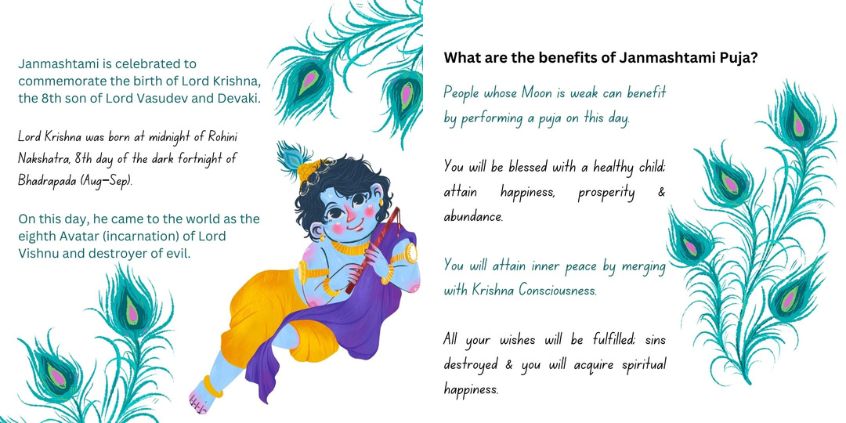










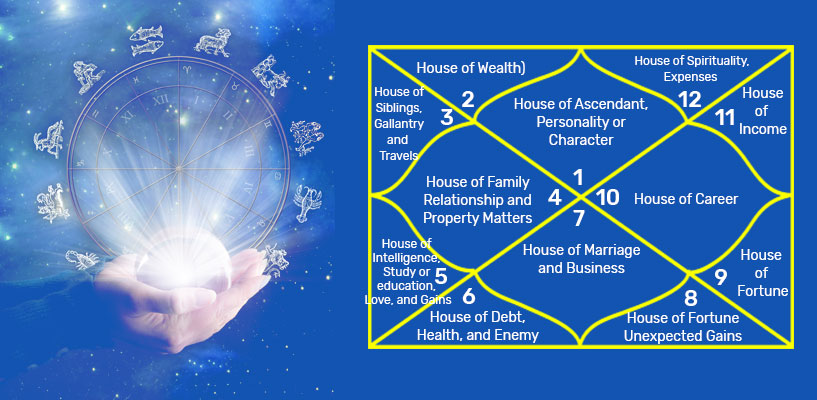 Vedic Astrology To Know The Purpose Of Birth
Vedic Astrology To Know The Purpose Of Birth
 Overseas Travelling & Settlement: Vedic Astrological Yogas
Overseas Travelling & Settlement: Vedic Astrological Yogas
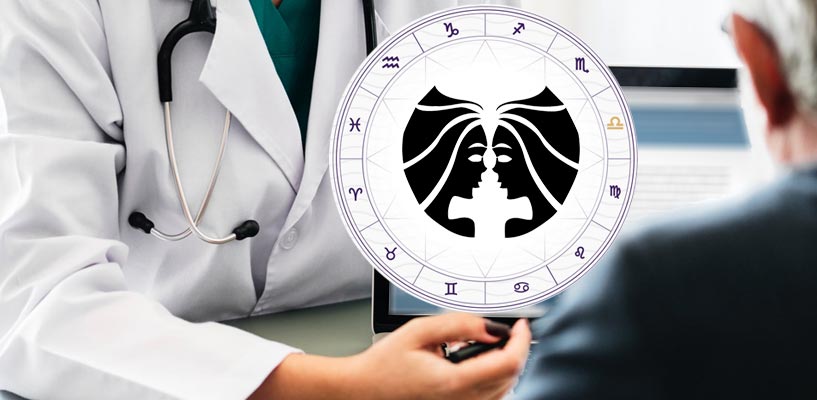 Doctor as a profession for Gemini moon sign
Doctor as a profession for Gemini moon sign
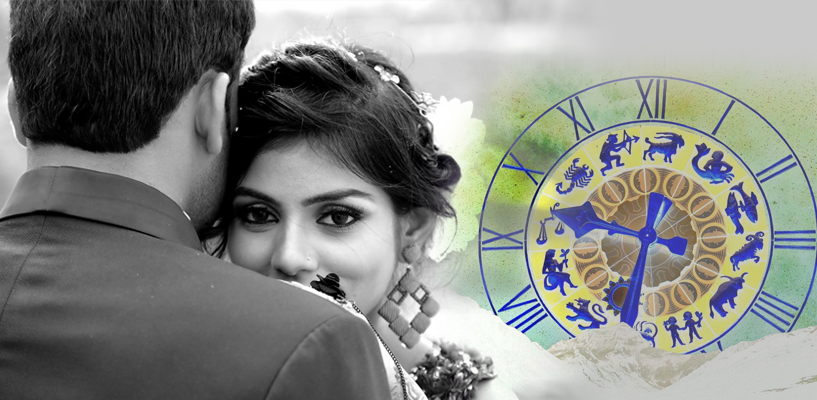 Common Marriage Problems: Solve It With Astrology!!
Common Marriage Problems: Solve It With Astrology!!
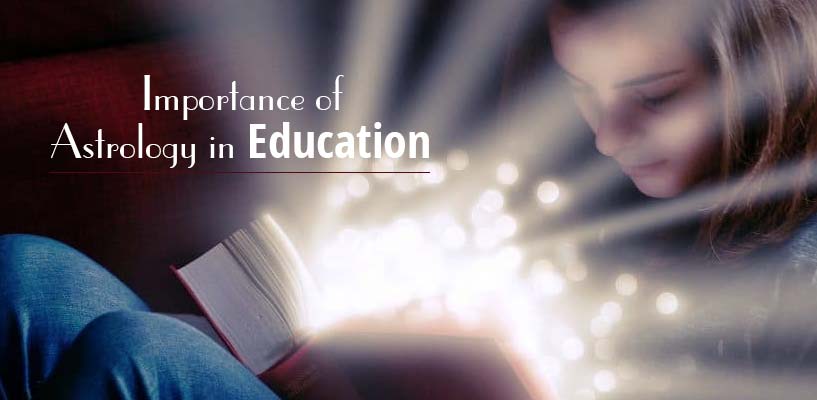 Importance of Astrology in Education
Importance of Astrology in Education
